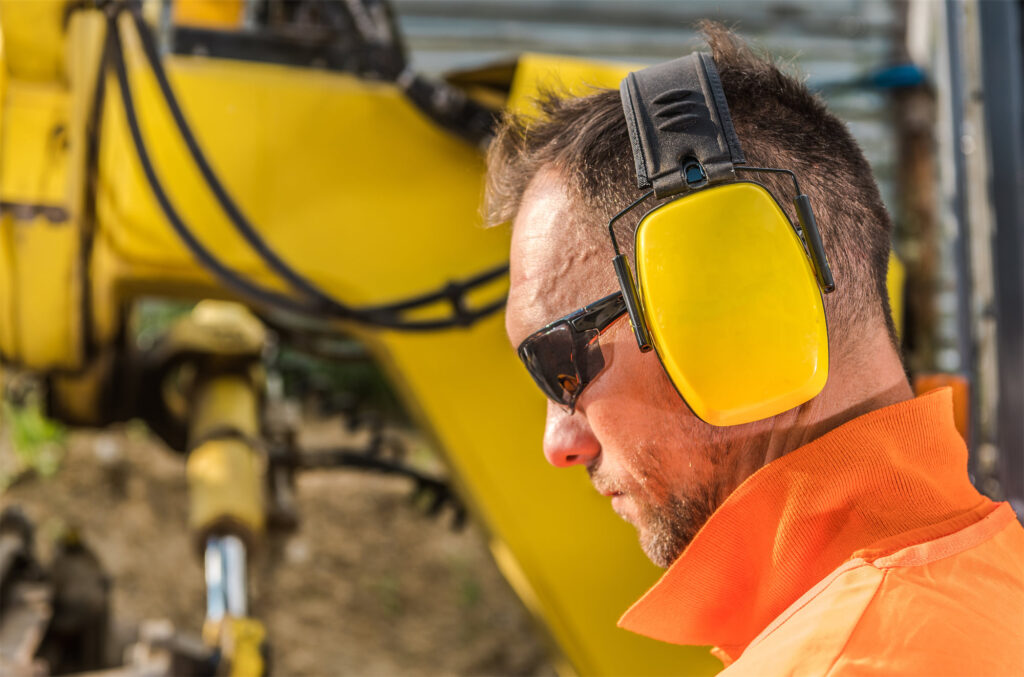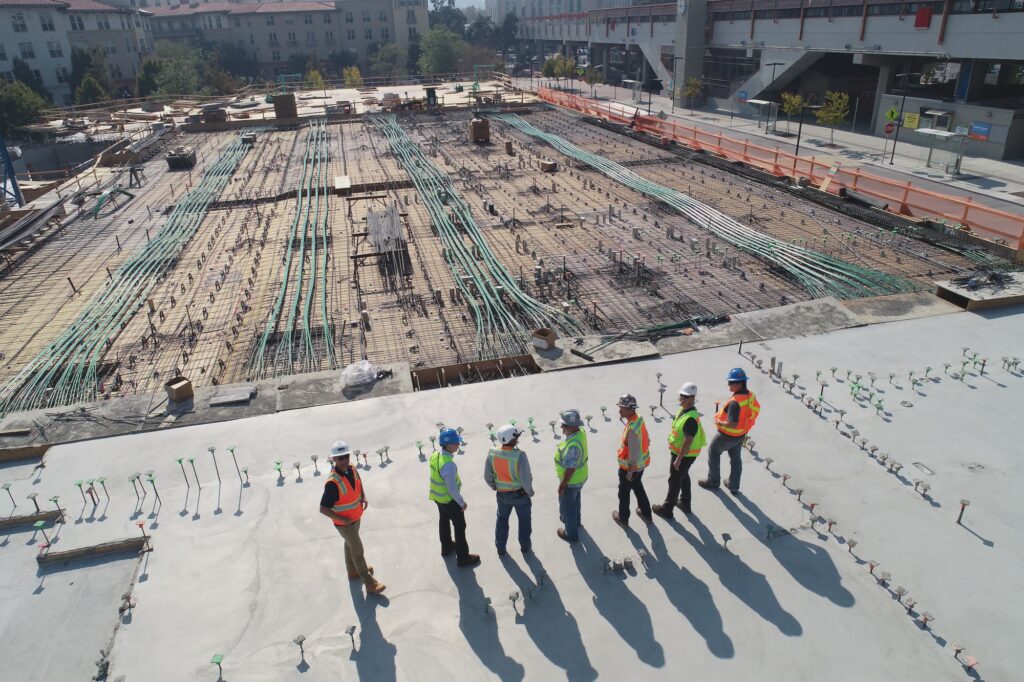It’s a health problem many of us would rather ignore. We’re afraid it’ll make us look old, weak or even unemployable if others knew.
It’s time to correct misconceptions and remove the stigma from an issue that affects an estimated 1.5 billion people worldwide. We’re talking about hearing loss, of which a significant cause is noise. It’s nearly always preventable.
Raising awareness
Hearing protection is recommended for noise levels of 85 decibels or above (equivalent to a subway train or a hair dryer). Based on an 8-hour day, for every 3 dB above 85 dBA, NIOSH recommends cutting the exposure time in half.
It’s vital to replace hearing loss myths with facts.
Myth: Hearing loss is a problem of old age. Reality: It can happen at any age.
Myth: Hearing loss is inevitable. Reality: It’s preventable.
Myth: Doing the bare minimum is enough. Reality: OSHA hearing regulations are 40 years old, but there’s a lot we can each do without waiting for changes to government policy.
Myth: Consumer noise-canceling earbuds are appropriate for on-the-job protection. Reality: Noise canceling isn’t the same as hearing protection. Most consumer headphones or earbuds don’t have a noise-reduction rating.
Myth: Hearing loss only happens while working. Reality: Noise outside of work can be just as hazardous and contribute to hearing loss.
Top advancements
Hearing protection has come a long way in the past 40 years, as research has provided more insight into noise-induced hearing loss and the industry has honed hearing protection strategies. These innovations make a real difference to more than 40 million U.S. workers who require hearing protection.
1. Hearing protector fit testing
Earplugs or earmuffs can only reduce noise levels if they fit and are used correctly. Safety pros need to ensure employees not only have effective hearing protection but also that they receive ongoing training on how, when and why they need to wear it.
Fit testing can assess how much noise reduction a hearing protector provides for each user. The employer can identify workers who aren’t achieving appropriate attenuation for the job. Workers can also experience how the hearing protection feels. That’s important because they won’t consistently wear hearing protection that’s uncomfortable.
2. Level-dependent hearing protectors
For work environments where noise levels vary considerably, level-dependent hearing protection provides different noise reduction depending on the surrounding noise levels. Some models enable the worker to manually allow sound in depending on what’s happening in the environment.
The advantage: Workers can leave their hearing protectors on when sound levels drop, thus supporting situational awareness – but remain protected when noise levels spike periodically or unexpectedly. Level-dependent hearing protectors are good for environments where workers experience variable noise conditions or intermittent impulse noise (such as a jackhammer or nail gun).
3. Protective communications technology
Safety demands that workers be able to communicate in all environments. The PPE industry has developed a variety of hearing protectors with built-in communication modes, including in-ear and over-ear models.
Workplace in-ear tech combines external noise-blocking with internal voice communication. Over-ear and in-ear models are designed to filter out harmful noise while allowing the wearer to hear a co-worker, particularly through a Bluetooth connection or a cable-integrated transmitting device.
4. Noise measurement technology
Public access to noise measurement is far greater today thanks to smartphones and wearable devices. In 2015, NIOSH collaborated with EA LAB Inc. to develop a Sound Level Meter app to empower users to test noise levels via their smartphone. According to NIOSH, unlike other sound meters meant for casual users, its SLM app “measures and characterizes occupational noise exposure similar to professional instruments.” It’s time to act
What can you do to help protect your and others’ hearing?
Employers can:
- Monitor noise levels.
- Offer proper hearing protection.
- Consistently educate employees about hearing loss risks and how to use hearing protection.
- Reinforce through training and day-to-day management that hearing protection works when it’s used – and used properly.
Everyone can:
- Be aware of noise levels throughout your day. Download a noise app and use it in different places and situations (home, car, recreation, entertainment).
- Learn about different types of hearing protectors and how to properly use them.
- Pay attention to warning signs (such as tinnitus, or a ringing or buzzing in your ears), and don’t hesitate to seek medical attention for your ears and hearing.
- Don’t make the problem worse by blasting loud music via speakers, earbuds or headphones.


